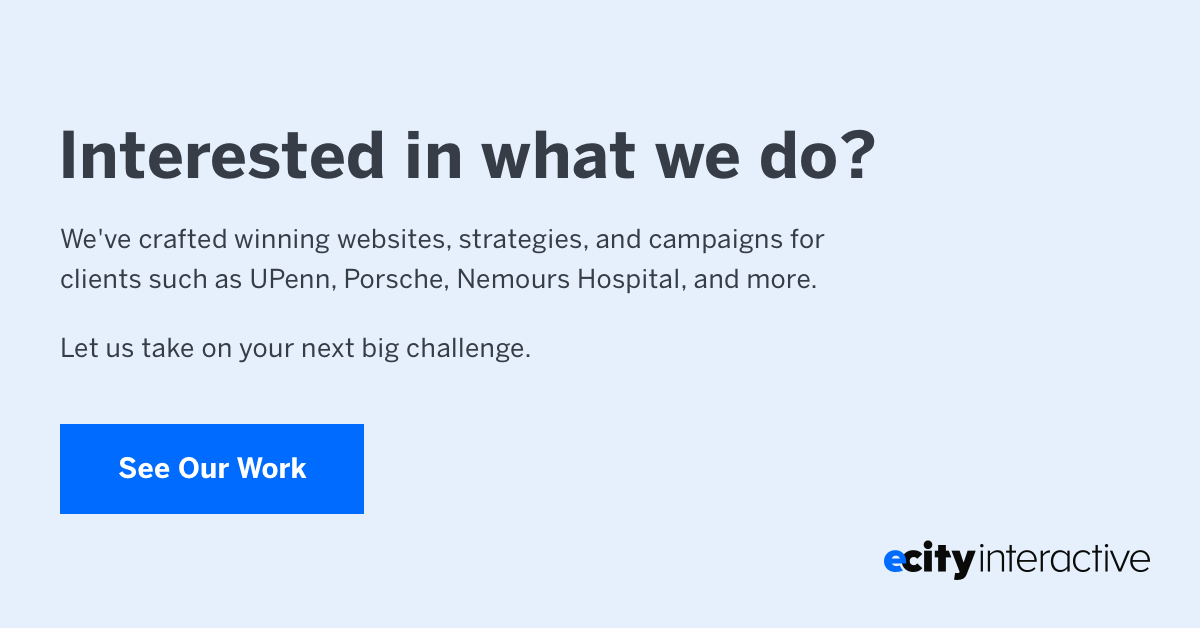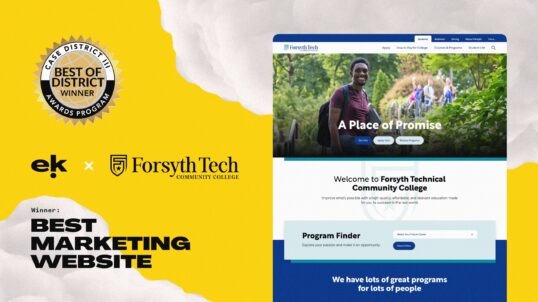According to a report created by Adobe and PageFair, nearly 200 million people are using ad blocking software now. An ad blocker detects ads in an internet browser and blocks them from view, allowing the user to surf the web without advertising-related interruption. While this might sound like a good thing, it can prove devastating for businesses and institutions that derive significant traffic from display ads, PPC and other advertising efforts.
Here’s what you need to know about ad blockers and the ways in which they impact your digital marketing.
Create Acceptable Ads
Ad blocker software producers like Adblock Plus have created criteria for Acceptable Ads. If advertisers and publishers conform to the standards set forth by the company, those ads can be whitelisted. This means that, as long as users agree to “view Acceptable Ads,” the content will appear in the browser.
Ad blockers were originally created to cut down on the disruptions caused by intrusive, flashy, and otherwise annoying advertisements. The Acceptable Ads criteria is aimed at making advertisements smaller and less intrusive, while immediately identifying them as ads.
Switch to Native Advertising
Although the FTC has created rules for native advertising, it still might prove more effective than traditional ads because advertorials aren’t usually flagged by ad blockers. A native advertising piece is similar to any piece of content you might create as part of your digital marketing strategy except that it includes strong sales language.
Focus on Generating Organic Traffic
Your company’s blog and website still belong to you and aren’t impacted by ad blockers. If you don’t want to confront the challenges that ad blockers pose, you can focus your efforts on attracting traffic organically (via search engines). A robust content marketing campaign can improve your search engine rankings, increase the number of inbound leads you have, and ultimately boost traffic numbers.
Renew Your Inbound Strategies
Organic search isn’t the only inbound marketing strategy that can help you recover from decreased visibility in ad placement. Consider ramping up your social media activity, for example. Focus on engaging followers and fans with links to your blog content and conversations about products and services.
You could also create an email marketing campaign and develop free content that prospective customers can receive if they sign up for your mailing list.
Create a Useful, Attractive Website
Regardless of ad blockers, your website remains your strongest tool in digital marketing. Having a well-designed, attractive, and responsive website can significantly boost engagement and drive more traffic.
If your website is outdated or difficult to navigate — or worse, if it doesn’t render well on mobile devices — you’ll turn prospective customers away. Now’s the time to have the site redesigned to conform to modern standards. Otherwise, even advertising traffic won’t do you much good.




